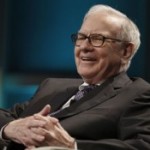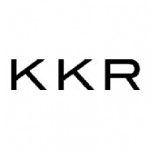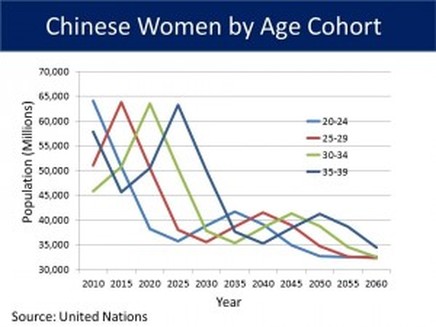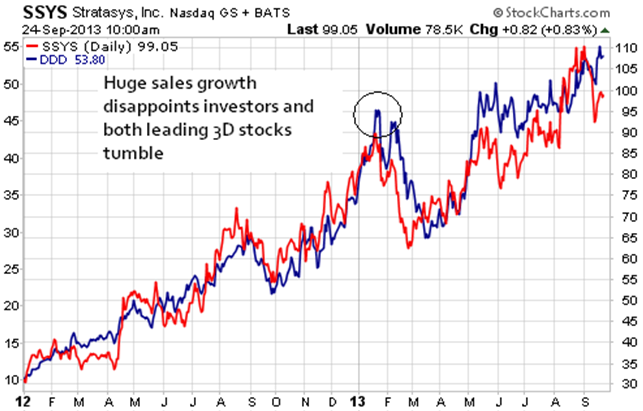By Dr. Joseph Belmonte, author of Buffett and Beyond.
The professor has built up a good track record over the years focusing on stocks with high return on equity (ROE). He calculates ROE in a different manner than most investors, but his main message is similar to a lot of Buffett fans: Look for stocks that have consistently high ROE and hold them for a very long time.
While that approach makes a great deal of sense, I think investors also need to pay attention to valuations. I decided to do some research to see if I can find stocks in the high-ROE universe that also satisfy my inherently cheap skate nature.
I searched for stocks with high sustained ROE of 20% and then limited the list to only those names that trade in the bottom 10% of stocks as ranked by the Enterprise Value/EBITDA ratio, which is sometimes known as the enterprise multiple. This ratio is an alternative to looking at the price-to-earnings ratio. The advantage is that, unlike the P/E ratio, the EV/EBITDA ratio takes a company’s debt into account.
The result was an interesting mix of stocks. Here are three worthy of consideration.
The professor has built up a good track record over the years focusing on stocks with high return on equity (ROE). He calculates ROE in a different manner than most investors, but his main message is similar to a lot of Buffett fans: Look for stocks that have consistently high ROE and hold them for a very long time.
While that approach makes a great deal of sense, I think investors also need to pay attention to valuations. I decided to do some research to see if I can find stocks in the high-ROE universe that also satisfy my inherently cheap skate nature.
I searched for stocks with high sustained ROE of 20% and then limited the list to only those names that trade in the bottom 10% of stocks as ranked by the Enterprise Value/EBITDA ratio, which is sometimes known as the enterprise multiple. This ratio is an alternative to looking at the price-to-earnings ratio. The advantage is that, unlike the P/E ratio, the EV/EBITDA ratio takes a company’s debt into account.
The result was an interesting mix of stocks. Here are three worthy of consideration.
The Indian car company should see even stronger results in the years ahead as the new government continues to take the country in a pro-business direction.
In addition to the Indian market, Tata has a presence in fast growing emerging markets in Asia, Africa, South America and the Middle East. Analysts expect the company to grow at a 25% annual rate.
The stock has had strong 2014 performance and is up nearly 50% year-to-date. Nonetheless, with an EV/EBITDA ratio of 3, the stock appears cheap given its consistent returns and growth potential.
In addition to the Indian market, Tata has a presence in fast growing emerging markets in Asia, Africa, South America and the Middle East. Analysts expect the company to grow at a 25% annual rate.
The stock has had strong 2014 performance and is up nearly 50% year-to-date. Nonetheless, with an EV/EBITDA ratio of 3, the stock appears cheap given its consistent returns and growth potential.
The company earns money based on the fees it charges investors in the private equity funds it manages. Like other private equity firms, it has been cashing in the past couple of years and is generating strong bottom line profits.
Since KKR became a public company, ROE has averaged over 30%. The company has raised several large funds in the past year that should produce a steady stream of fee income going forward. KKR has a generous dividend policy that commits the company to pay out 40 percent of its balance sheet income as a dividend every quarter. The shares are yielding 7.8% right now and are very reasonably priced with an EV/EBITDA ratio of 2.4.
Since KKR became a public company, ROE has averaged over 30%. The company has raised several large funds in the past year that should produce a steady stream of fee income going forward. KKR has a generous dividend policy that commits the company to pay out 40 percent of its balance sheet income as a dividend every quarter. The shares are yielding 7.8% right now and are very reasonably priced with an EV/EBITDA ratio of 2.4.
Even better, the EV/EBITDA ratio of 5.7 places it firmly in the bottom decile of stocks as ranked by this measure. The shares have been down this year along with the price of oil, but over the long haul should do well as oil demand increases in the future.
Buying companies that earn high sustained returns on equity makes a lot of sense. But I like to find those that are also on sale. These three fit the bill and seem worthy of consideration for long-term investors.














 RSS Feed
RSS Feed
